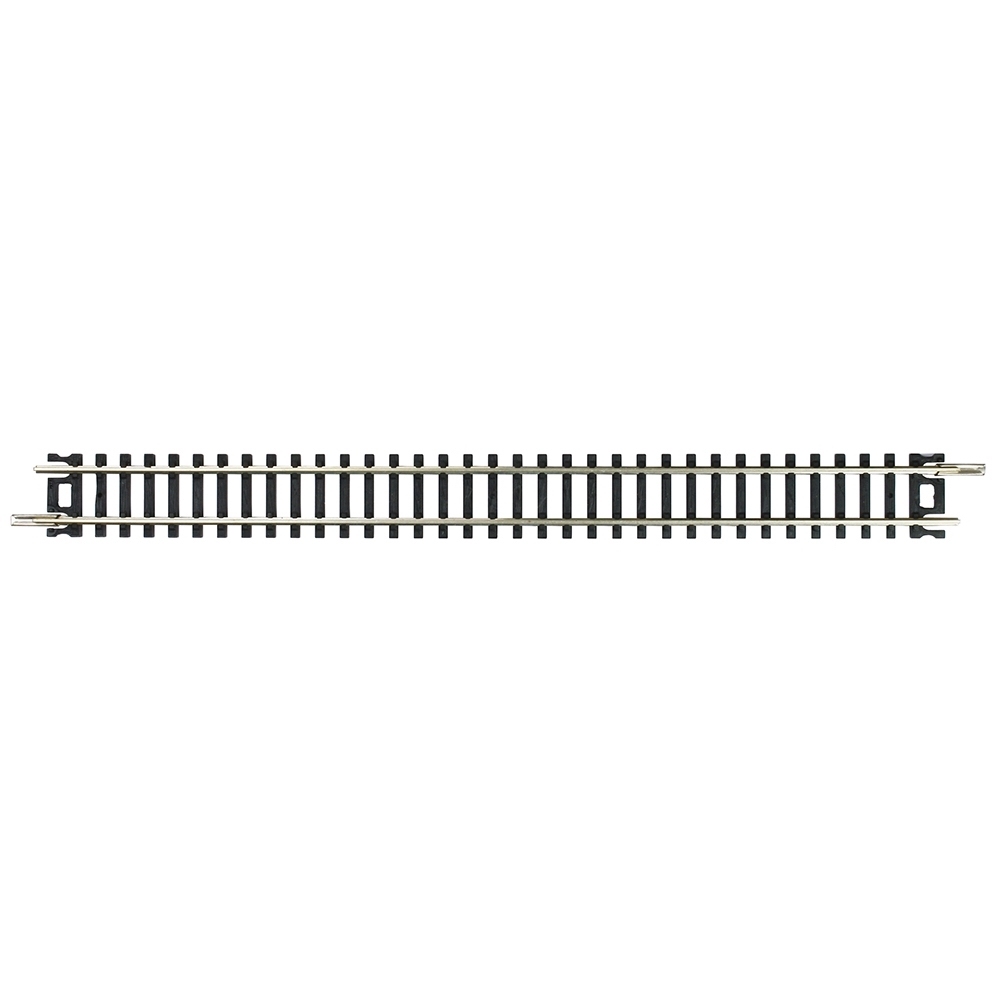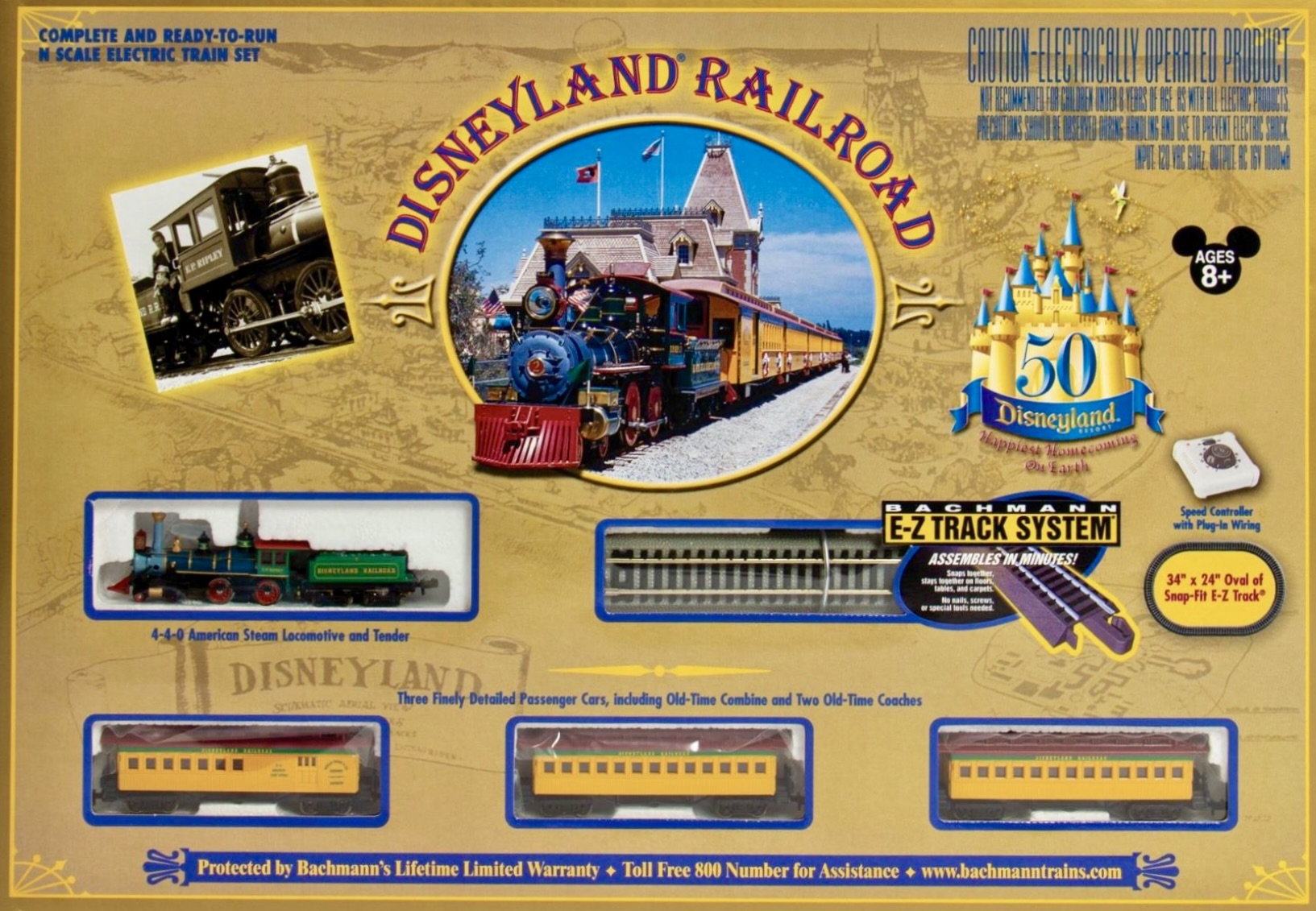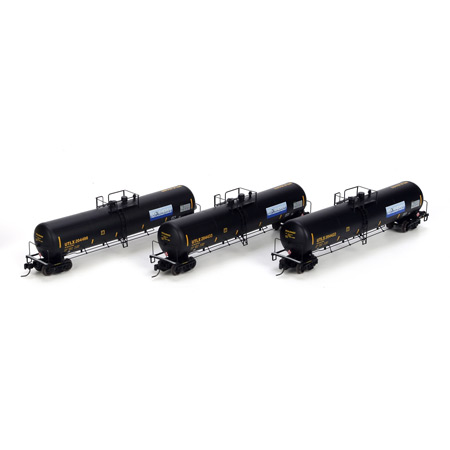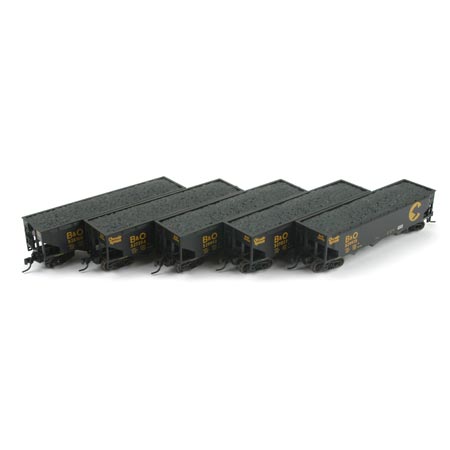Road Name History:  Can't have model trains without track can we? The track on a railway or railroad, also known as the permanent way, is the structure consisting of the rails, fasteners, railroad ties (sleepers, British English) and ballast (or slab track), plus the underlying subgrade. It enables trains to move by providing a dependable surface for their wheels to roll upon. For clarity it is often referred to as railway track (British English and UIC terminology) or railroad track (predominantly in the United States). Tracks where electric trains or electric trams run are equipped with an electrification system such as an overhead electrical power line or an additional electrified rail.
Text and Images From Wikipedia
Can't have model trains without track can we? The track on a railway or railroad, also known as the permanent way, is the structure consisting of the rails, fasteners, railroad ties (sleepers, British English) and ballast (or slab track), plus the underlying subgrade. It enables trains to move by providing a dependable surface for their wheels to roll upon. For clarity it is often referred to as railway track (British English and UIC terminology) or railroad track (predominantly in the United States). Tracks where electric trains or electric trams run are equipped with an electrification system such as an overhead electrical power line or an additional electrified rail.
Text and Images From Wikipedia
Rail codes:
The code refers to the actual height of the rail. The followings heights are used for N-scale:
- Code 80 = 0.080" tall or about 13" N scale height - the mostly used for sectional tracks.
- Code 70 = 0.070" tall or about 11" N scale height
- Code 55 = 0.055" tall or about 9" N scale height - the mostly used by modelers wishing a realistic effect for their layout. Can be used with all modern rolling stock (low flange wheels).
- Code 40 = 0.040" tall or about 6" N scale height
Turnout codes:
The turnout number describes the length needed for the diverging track to be 1 foot apart from the straight one . So the lower the number, the sharper the curve, and the higher the number, the more gradual curve on the diverging track.
- In a #4 turnout, the rails are 1 foot apart at a distance 4 feet beyond the frog
- In a #6 turnout, the rails are 1 foot apart at a distance 6 feet beyond the frog
- In a #8 turnout, the rails are 1 foot apart at a distance 8 feet beyond the frog
Note that European brands such as Minitrix or Fleischmann use a different notation for turnouts and refer to the radius of the curvature of the diverging track.

Rail codes:
The code refers to the actual height of the rail. The followings heights are used for N-scale:
- Code 80 = 0.080" tall or about 13" N scale height - the mostly used for sectional tracks.
- Code 70 = 0.070" tall or about 11" N scale height
- Code 55 = 0.055" tall or about 9" N scale height - the mostly used by modelers wishing a realistic effect for their layout. Can be used with all modern rolling stock (low flange wheels).
- Code 40 = 0.040" tall or about 6" N scale height
Turnout codes:
The turnout number describes the length needed for the diverging track to be 1 foot apart from the straight one . So the lower the number, the sharper the curve, and the higher the number, the more gradual curve on the diverging track.
- In a #4 turnout, the rails are 1 foot apart at a distance 4 feet beyond the frog
- In a #6 turnout, the rails are 1 foot apart at a distance 6 feet beyond the frog
- In a #8 turnout, the rails are 1 foot apart at a distance 8 feet beyond the frog
Note that European brands such as Minitrix or Fleischmann use a different notation for turnouts and refer to the radius of the curvature of the diverging track.
Brand/Importer Information: Graham Farish is a British brand of N gauge model trains, that belongs to Bachmann Europe.
The company entered the model train business in the early 1950s, focusing on British OO gauge rolling stock, track and accessories.
In the 1970s, it started to produce N gauge models under the GRAFAR label. After the withdrawal of Lima and Minitrix from the UK market in the late 1980s, Graham Farish was the only major supplier of British outline models in N gauge, soon withdrawing from the OO scale market.
In 2001, Graham Farish was purchased by Kader Industries of Hong Kong, and absorbed by its subsidiary Bachmann Industries. Bachmann immediately closed the British manufacturing facility and moved production to China.
Bachmann have since increased the size of the Farish range, by duplicating models introduced to the Bachmann OO range; often, an OO scale Bachmann Branchline model is followed between 6 months to a year later by an N gauge Graham Farish model.
The company entered the model train business in the early 1950s, focusing on British OO gauge rolling stock, track and accessories.
In the 1970s, it started to produce N gauge models under the GRAFAR label. After the withdrawal of Lima and Minitrix from the UK market in the late 1980s, Graham Farish was the only major supplier of British outline models in N gauge, soon withdrawing from the OO scale market.
In 2001, Graham Farish was purchased by Kader Industries of Hong Kong, and absorbed by its subsidiary Bachmann Industries. Bachmann immediately closed the British manufacturing facility and moved production to China.
Bachmann have since increased the size of the Farish range, by duplicating models introduced to the Bachmann OO range; often, an OO scale Bachmann Branchline model is followed between 6 months to a year later by an N gauge Graham Farish model.
Manufacturer Information: Bachmann, a US company founded in 1835, was purchased by Kader Industries in 1987. Kader formed Bachmann Industries Europe in 1989 with their main UK headquarters in Moat Way, Barwell, Leicestershire, UK (former Palitoy location) and the following year launched the Bachmann Branchline range for the British market with the moulds that had previously been used for the Palitoy Mainline and Replica Railways model railway products. From this starting point Bachmann has developed the range further and now produce a large range of models.
In 2001 Bachmann Branchline bought Graham Farish, an N gauge manufacturer, and since then many of their models have been made available in both gauges.
Bachmann Europe portfolio also comprises other model trains brands such as Liliput.
In 2001 Bachmann Branchline bought Graham Farish, an N gauge manufacturer, and since then many of their models have been made available in both gauges.
Bachmann Europe portfolio also comprises other model trains brands such as Liliput.
Item created by: CNW400 on 2021-12-13 11:45:04
If you see errors or missing data in this entry, please feel free to log in and edit it. Anyone with a Gmail account can log in instantly.
If you see errors or missing data in this entry, please feel free to log in and edit it. Anyone with a Gmail account can log in instantly.









